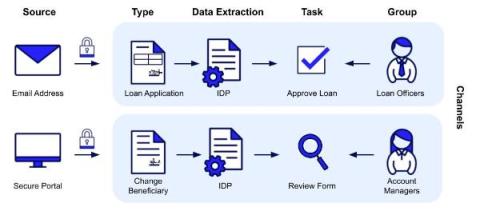IT Orchestration: 7 Ways It Improves Your Enterprise Processes
Businesses struggle with complex IT ecosystems. Facing increasing market pressures and constant change, they often add new solutions to solve problems. But over time, the complex systems used to automate and optimize business processes lead to significant technical debt (and management nightmares). IT orchestration helps businesses manage their IT seamlessly. It simplifies business processes, optimizes resource use, extends existing IT investments, and enhances efficiency.










